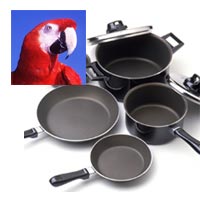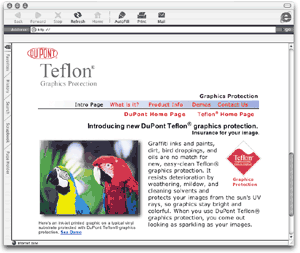This has got to be one of the more irresponsible posts on this forum. (I sure hope it is!) You have no reason in the world to blame your heat lamp bulb for the death of your chickens. And shame on all you other folks who jumped on this runaway bandwagon and start panicking about your bulbs. The little chickens died. Was the bulb too close, did these people cook their chickens? Were the chickens genetically challenged? Were there other fumes in the room? Were the chicks diseased? Were etc etc etc? There are all kinds of possible reasons for the death of these chicks. We don't know what killed them, and we never will. But there was no stated reason to blame the bulb's coating over anything else. Shame on the people who made the original post, and shame on all of you who decided to follow them. This is the Internet, people. Anyone can post anything. Use a little common sense, and don't be sheep. This is a chicken forum.
No shame at all.
It's obvious the OP was made in good faith. Everything the OP described has been well documented since at least 2003.
http://www.ewg.org/research/pfcs-global-contaminants/teflon-and-other-non-stick-pans-kill-birds
stick pans kill birds
April 2003
Bird enthusiasts and veterinarians have known for decades that Teflon-coated and other non-stick cookware, if heated to high temperatures, is acutely toxic to birds. The peer-reviewed literature contains numerous reports of bird deaths linked to the use of Teflon and other non-stick pans and appliances in the home, beginning about 30 years ago. The birds die abruptly, usually shortly after new non-stick pans are heated for the first time. The ubiquity of the deaths has spurred mention of the problem on at least
100 websites devoted to the care of pet birds.
In 1975, in one of the early peer-reviewed articles on bird deaths, the authors describe the deaths of five pet birds following the owner heating a non-stick (PTFE-coated) pan:
“Five cocatiels (Nymphicus hollandicus) died within 30 minutes following exposure to fumes from a frying pan coated with the "non-stick" plastic polytetrafluoroethylene (PTFE) that had accidentally overheated. Within an hour the owner developed symptoms of "polymer fume fever" but recovered in the next 24 hours. Clinical signs and post mortem lesions of the cockatiels are described and reference is made to the unusual susceptibility of parakeets to the pyrolysis products of frying pans coated with PTFE.” [1]
Bird deaths related to nonstick coatings are not restricted to exotic species in the home. A recent article recounts that hours after moving 2400 broiler chicks to a research warehouse at University of Columbia-Missouri, veterinarians noticed that substantial numbers of chicks were dying. Four percent of the chicks died in the first four hours, and within 72 hours more than half of the chicks were dead. After investigating the possibility of many common gas toxicants, scientists traced the deaths to lightbulbs coated with the Teflon chemical PTFE: “Further investigation revealed that the only change in management practice in this facility prior to the onset of the severe mortality problem was the replacement of 48 heat lamp bulbs (one for each pen). The new heat lamp bulbs were polytetrafluoroethylene (PTFE) coated. PTFE gas intoxication has been reported in several exotic avian species, but this intoxication has not been previously reported in a poultry flock.”
[2].
Scientists have not identified the particular offgas compound from Teflon and other nonstick pans and other kitchen equipment that is responsible for the bird deaths, but among the many chemicals that have been measured in the air when nonstick pans are heated are PFOA and other gases that scientists consider highly toxic
[3].
References:
- Blandford TB, Seamon PJ, Hughes R, Pattison M, Wilderspin MP. 1975. A case of polytetrafluoroethylene poisoning in cockatiels accompanied by polymer fume fever in the owner. Vet Rec 1975 Feb 22;96(8):175-8.
- Boucher M, Ehmler TJ, Bermudez AJ. 2000. Polytetrafluoroethylene gas intoxication in broiler chickens. Avian Dis 2000 Apr-Jun;44(2):449-53.
- Ellis DA, Mabury SA, Martin JW, Muir DC. 2001. Thermolysis of fluoropolymers as a potential source of halogenated organic acids in the environment. Nature 2001 Jul 19;412(6844):321-4.






